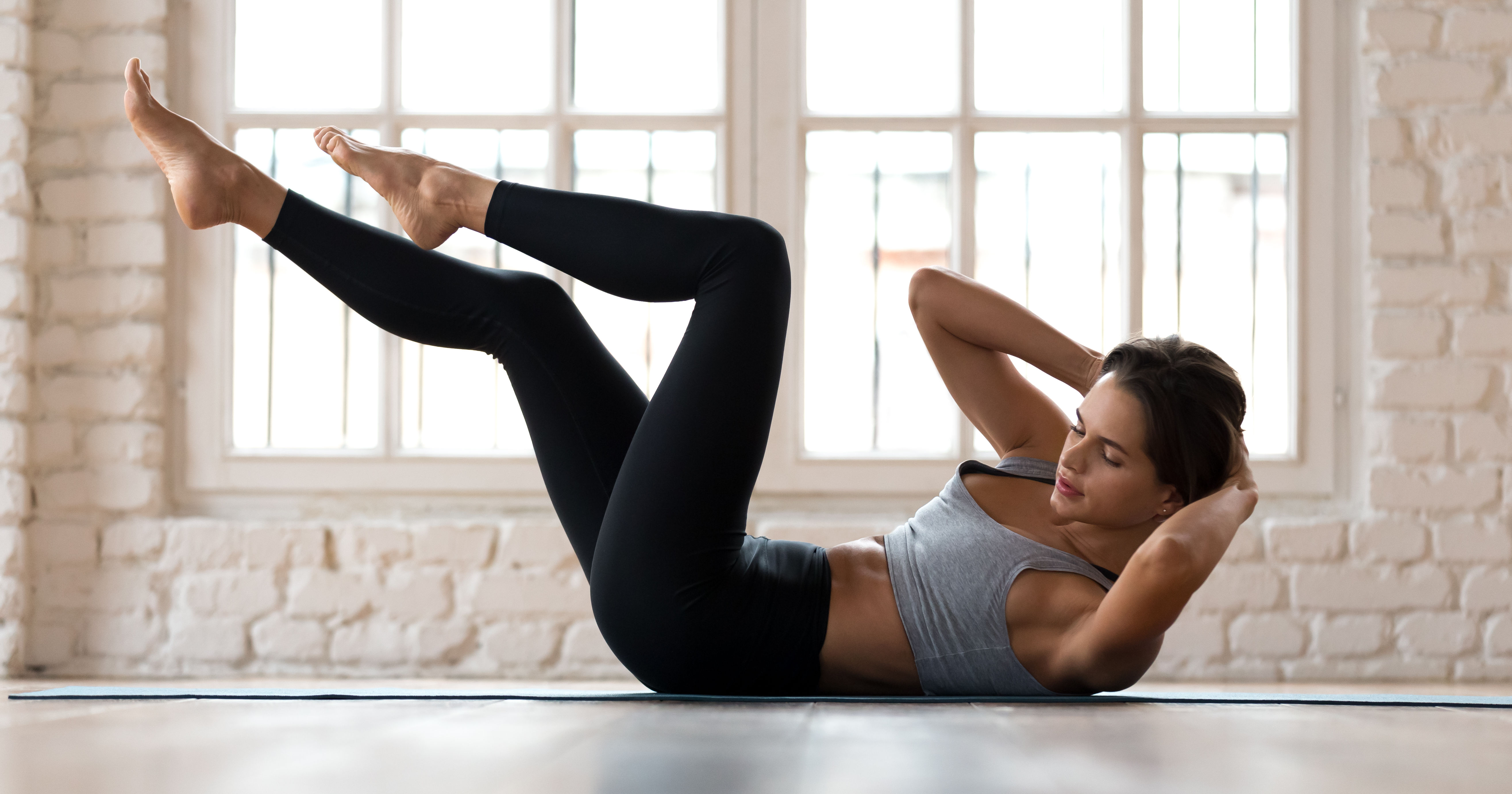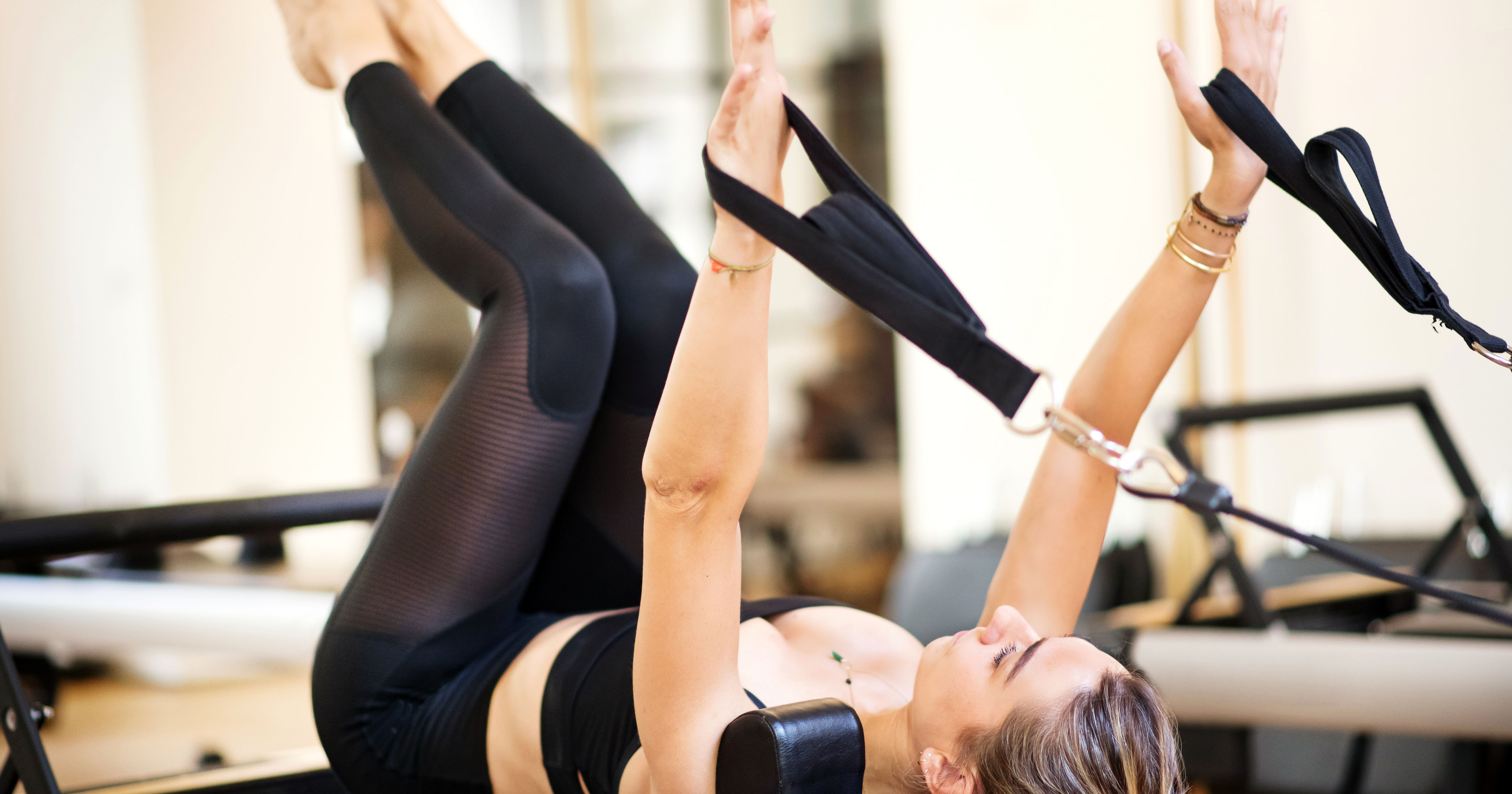We have made every effort to ensure the accuracy of the following information. No one person should perform any of these exercises without proper instruction from their health care provider. Further, we disclaim any responsibility for any adverse effects resulting directly or indirectly from the suggested exercises and exercise protocols, undetected errors or the user’s misunderstanding of this information.
If you are experiencing any of the following symptoms: severe sharp pain, unsteadiness on your feet, weakness, numbness, tingling, headache or dizziness, please consult your health care provider.
The Shoulder
The shoulder is comprised of three bones, the clavicle (collar bone), scapulae (shoulder blade) and humerus (bone of the upper arm). The shoulder is attached to the axial skeleton (thorax) only be the clavicle. The shoulder is stabilized by a series of muscles, ligaments and tendons. The shoulder is the most common site of referred pain. Referred pain is where the actual source of pain is far removed from where the pain is experienced. An example of referred pain is the classic symptoms of a heart attack. The person is experiencing a cardiac arrest yet feels left arm and jaw pain.
The rotator cuff muscles are the infraspinatus, the supraspinatus, the subscapularis and the teres minor. These muscle help with the more refined movement of the shoulder and are very useful when throwing a ball.
When the shoulder is injured or there is pain present, a through examination should be performed by a qualified health care provider such as a doctor of chiropractic who is knowledgeable in joint mechanics or a doctor of medicine who specializes in joints such as an orthopedist.



